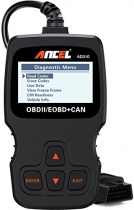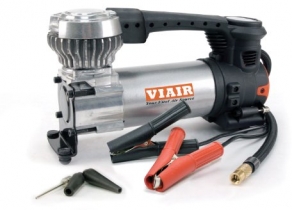-
Welcome to Tacoma World!
You are currently viewing as a guest! To get full-access, you need to register for a FREE account.
As a registered member, you’ll be able to:- Participate in all Tacoma discussion topics
- Communicate privately with other Tacoma owners from around the world
- Post your own photos in our Members Gallery
- Access all special features of the site
front rotors that won't warp? - 2014 version
Discussion in '2nd Gen. Tacomas (2005-2015)' started by NiceGuyEddie, Oct 14, 2014.
Page 1 of 2
Page 1 of 2


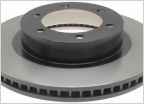 Front pads and rotors
Front pads and rotors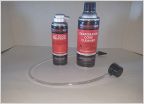 My cab stinks...
My cab stinks...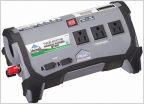 Power Inverter
Power Inverter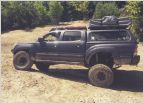 Need help with lift setup!
Need help with lift setup! Spark plugs 2008 Taco 4.0L
Spark plugs 2008 Taco 4.0L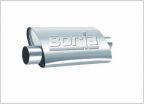 Borla 40352, What tip?
Borla 40352, What tip?













































